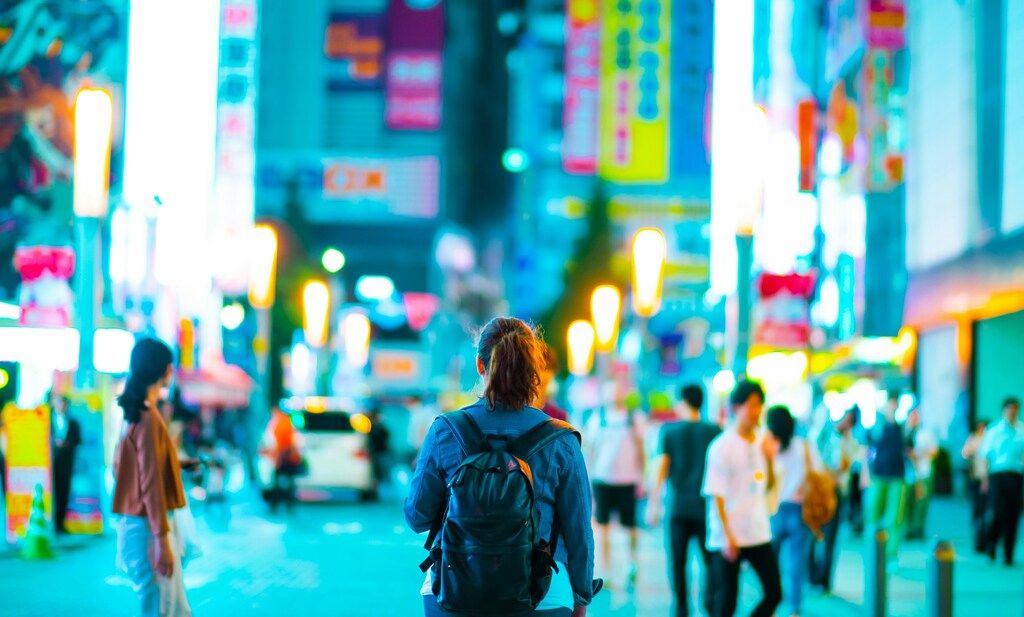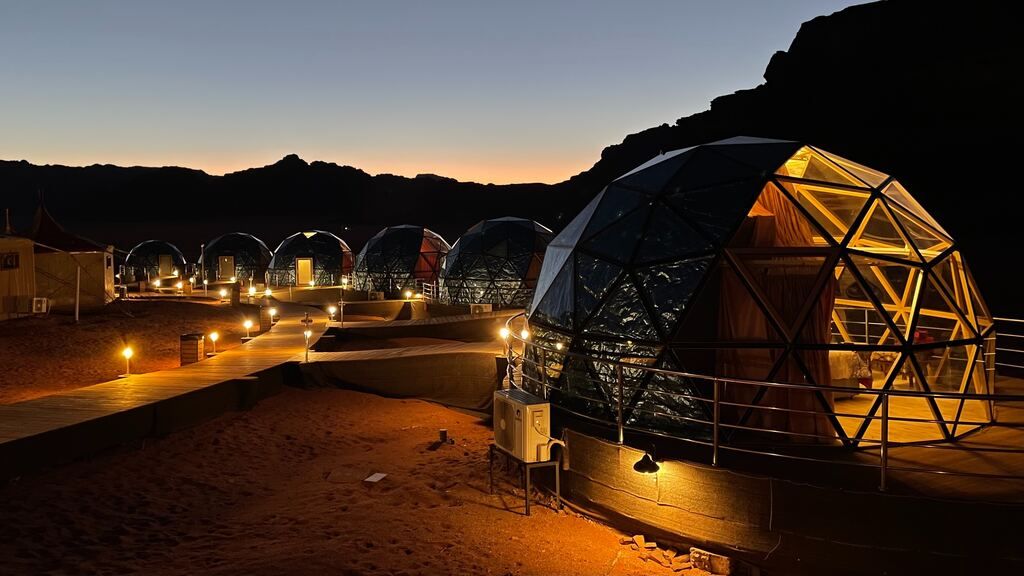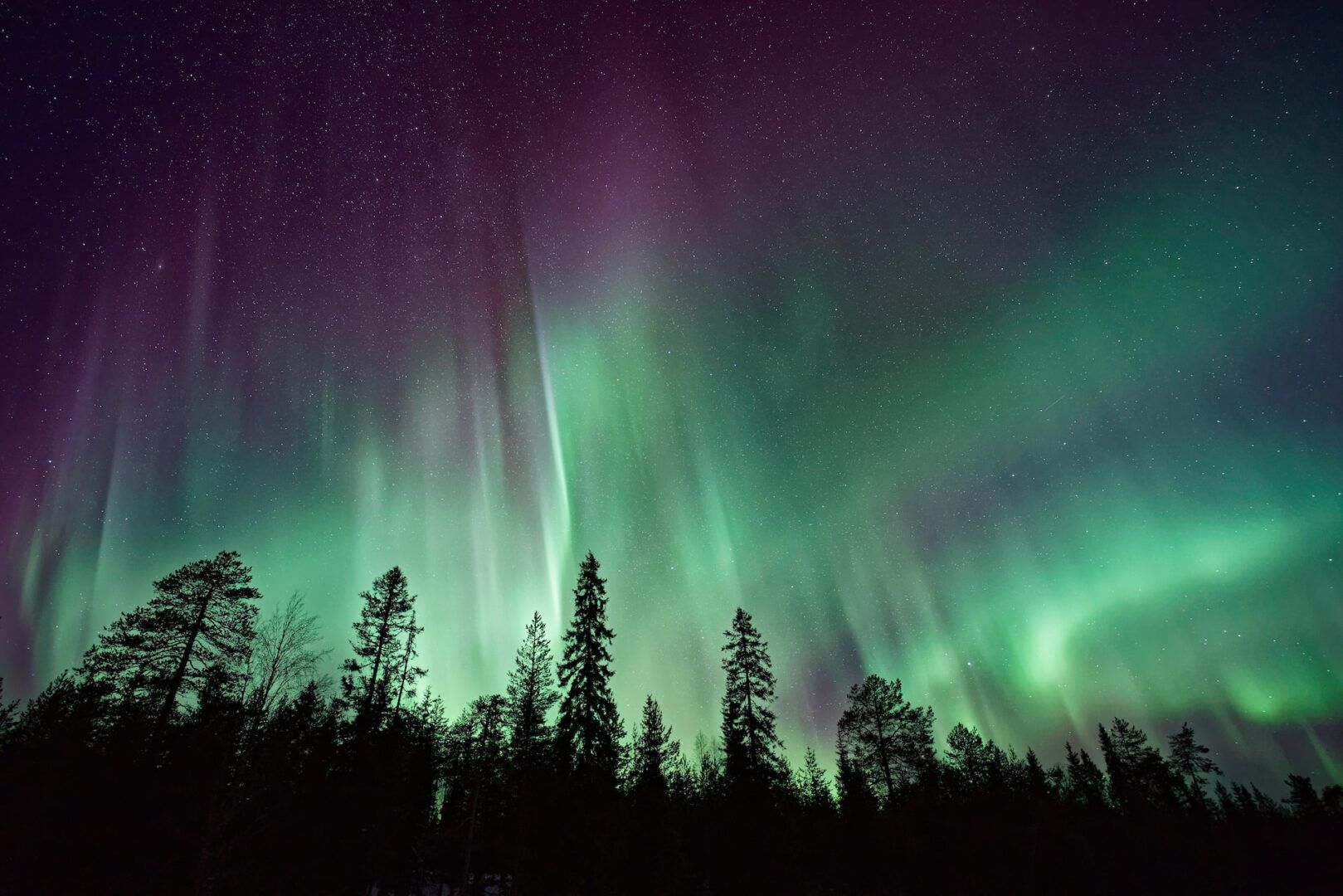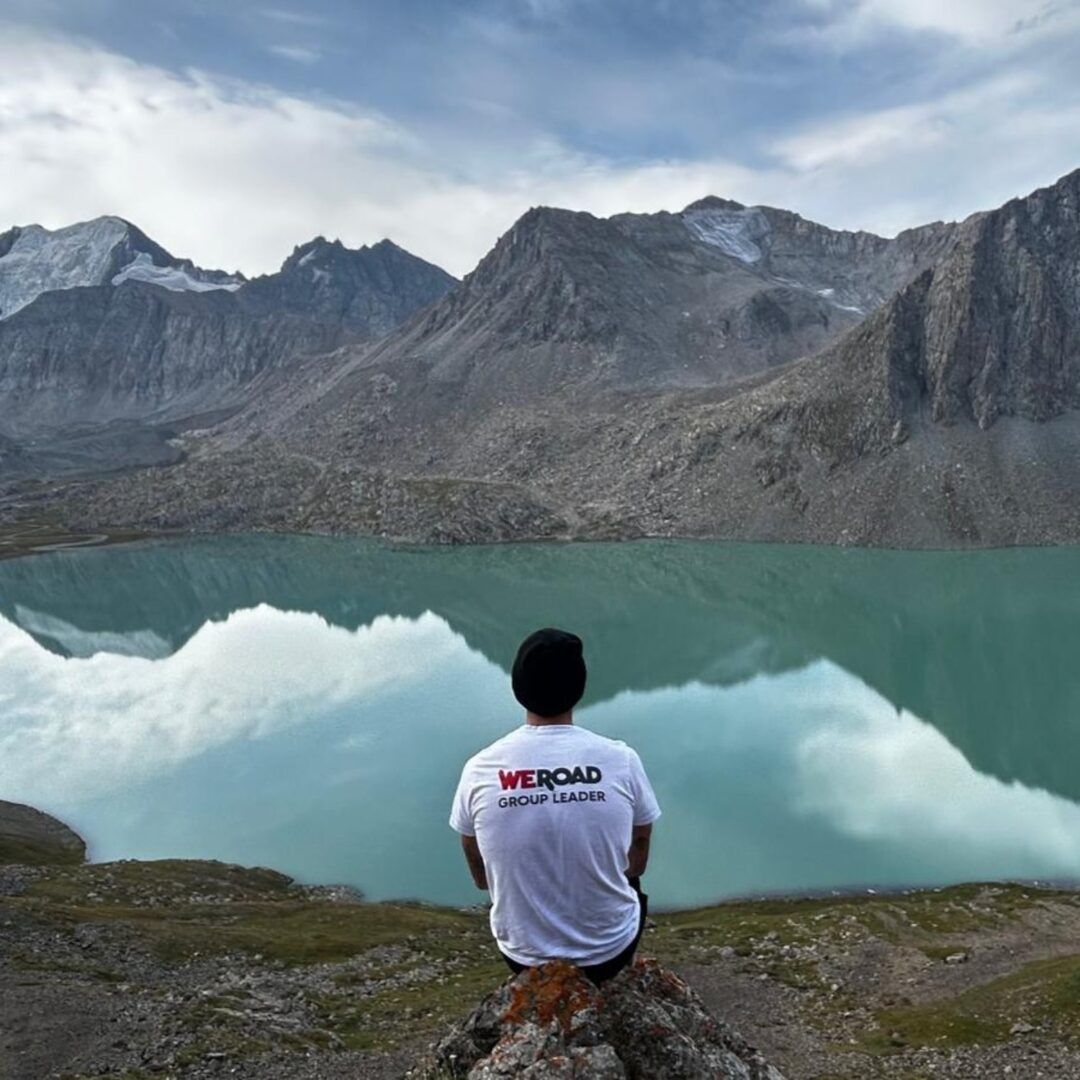

Ask “is Kyrgyzstan safe?” and you’ll probably get a mix of dreamy mountain-lake photos and raised eyebrows.
This Central Asian gem is all jagged peaks, alpine meadows, and nomadic culture, yet it’s still a bit of a mystery to many travellers. And with mystery comes the inevitable question: is it safe?
The short answer: yes—mostly. The longer answer: yes, if you’re sensible, a bit street-smart, and open to advice from locals who’ve navigated these landscapes for generations. Kyrgyzstan’s appeal lies in its contrasts—city and wilderness, Silk Road relics and Soviet leftovers—and knowing how to approach them safely will help you enjoy it all with confidence.
This guide blends practical safety advice with real on-the-ground tips. From bustling bazaars to remote mountain passes, here’s what to expect, what to watch for, and how to embrace Kyrgyz hospitality without unwanted surprises.
Is Kyrgyzstan safe? a realistic overview for travellers
Kyrgyzstan is generally considered safe for visitors. Violent crime is rare, and most trips are trouble-free, especially in tourist-friendly zones like Issyk-Kul or Ala Archa National Park.
The UK’s Foreign, Commonwealth & Development Office advises “increased caution” rather than outright avoidance, particularly in certain border areas. This is echoed by the New Zealand SafeTravel advisory, which notes low crime rates but encourages travellers to stay alert in busy spaces.
For perspective, the 2025 Global Peace Index ranked Kyrgyzstan 78th out of 163 countries—better than the US and much of South America.
Neighbouring comparisons also work in Kyrgyzstan’s favour. Kazakhstan offers similar safety but with greater distances between attractions. Tajikistan’s Pamir Highway, though spectacular, requires extra caution near borders and has limited infrastructure.
Urban petty theft exists—pickpockets in crowded bazaars, unlicensed taxis with inflated fares—but these are avoidable with basic precautions. UNODC data shows Kyrgyzstan records around 156 thefts per 100,000 people, far below the global average of 783.
Occasional political demonstrations in Bishkek’s Ala-Too Square are usually peaceful, but best avoided. And while risks exist, travellers often highlight the hospitality of locals, who readily step in to help with directions, translation, or travel advice.
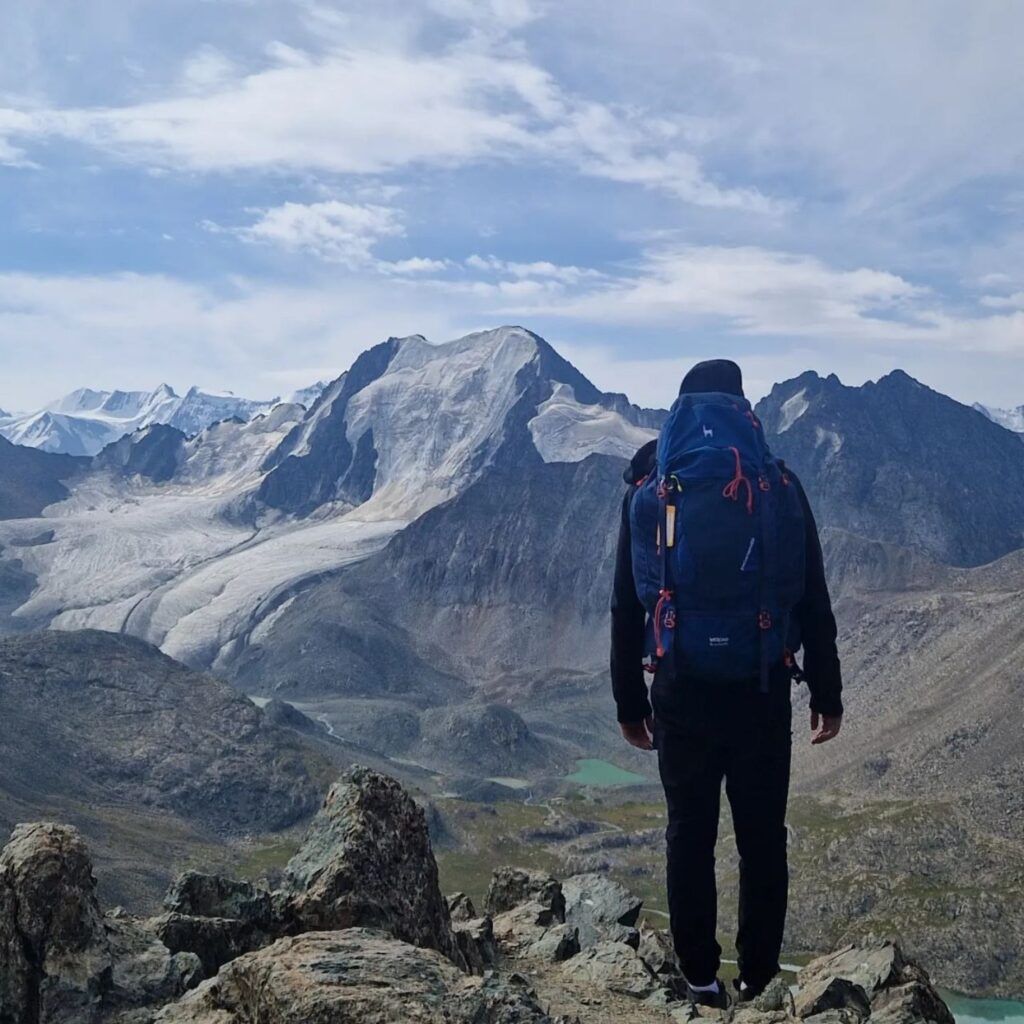
Common safety risks and how to avoid them
Petty crime: Protecting your belongings
Petty theft is the most common concern for visitors. In Osh Bazaar or Jayma Bazaar, pickpockets target distracted tourists. Keep cash and cards separate, use hotel safes for passports, and carry only what you need.
On marshrutkas, keep bags in your lap. Be wary of unofficial taxis—agree on fares or use ride-hailing apps like Yandex Go. Cameras and phones should have wrist straps in busy areas; cross-body bags are safer than backpacks.
Road safety: traffic and mountain roads
Driving ranges from smooth highways to rough mountain passes. Until late May, snow can block roads, and floods can damage them. The WHO estimates Kyrgyzstan’s road fatality rate at 13.3 per 100,000 people, above the European average.
If renting a car, opt for a 4×4 and check tyres, lights, and brakes before departure. Mountain roads often lack guardrails; honking before blind corners is a local norm. In the highlands, livestock on the road is a common hazard.
Plan driving routes to avoid night travel, as rural roads are often unlit. Even in the capital, traffic signals can be treated more as suggestions than rules.
If you’re using public transport, know that drivers of marshrutkas may overcrowd their vehicles and not always stick to published schedules. For long-distance travel, book shared taxis through reputable companies or ask your guesthouse for vetted drivers.
Political instability: avoiding protests and demonstrations
Protests, though rare, can cause road closures. Ala-Too Square is the main site. Avoid large gatherings, check with your accommodation for local updates, and have alternate routes ready.
Health and hygiene: staying well
Safe travel also means staying healthy. Drink bottled or filtered water. Stick to busy food stalls where dishes are served hot.
Altitude is another consideration. Popular trekking spots, such as Ala-Kul Lake, sit above 3,500 metres. Symptoms of altitude sickness can appear within hours, and the high altitude can make UV exposure more intense. Factor this into your overall plan for managing travel risks in Kyrgyzstan.
In summer, especially in lowland and warmer regions, mosquitoes can be a nuisance. While Kyrgyzstan has a low incidence of mosquito-borne diseases compared to some destinations, travellers should still use insect repellent and consider long sleeves in the evenings to avoid bites.
Pharmacies in cities are fine, but rural areas have limited supplies—bring essential medication with you.
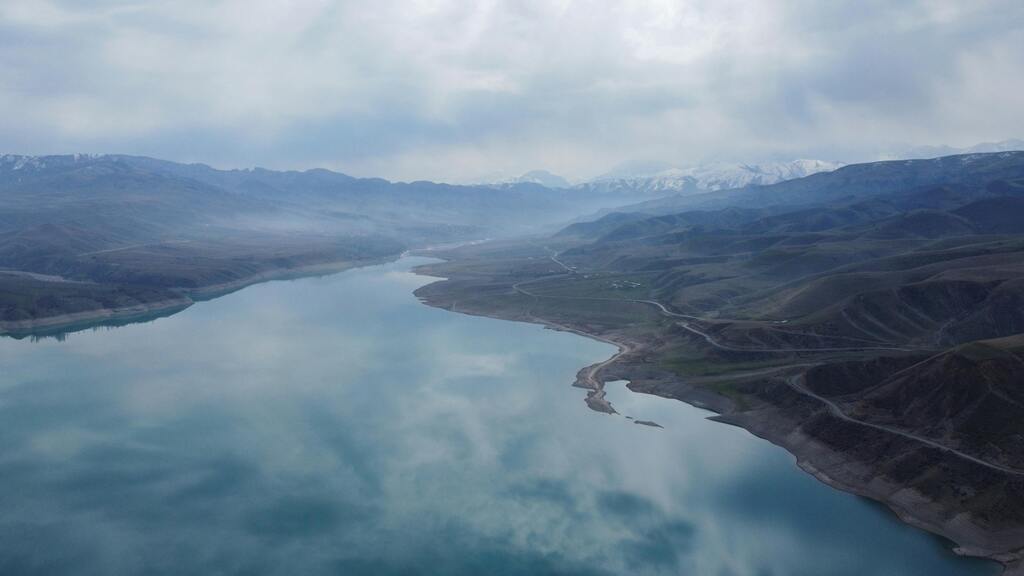
Staying safe in different regions of Kyrgyzstan
Cities: Bishkek and Osh
Both cities are safe and welcoming, , comparable to mid-sized European hubs. Stick to well-lit streets, use official taxis or Yandex Go, and stay alert in nightlife districts.
According to Interpol’s country profile, theft, fraud, and smuggling make up the majority of recorded offences—not violent crimes against visitors. For most, Kyrgyzstan travel advice for urban areas is straightforward: stay alert, especially in transport hubs and nightlife districts.
In Bishkek, Panfilov Park and the Philharmonic Hall area are popular with tourists but can be crowded—keep valuables out of sight. In Osh, the famous Sulayman Mountain is safe to visit, but beware of slippery paths after rain.
Markets like Osh Bazaar are cultural highlights but prime spots for pickpockets—visit early and keep valuables hidden.
Safety in the mountains and countryside: a different set of rules
Rural Kyrgyzstan is about wild landscapes and warm hospitality, but nature is unpredictable. Storms can arrive suddenly, and you may find trails are unmarked. Always inform someone of your plans, pack essentials like thermal layers, offline maps, and a head torch, and consider hiring a local guide.
Pack essentials like a head torch, thermal layers, and a power bank. Mobile coverage drops quickly outside towns, so download offline maps before departure. In remote valleys, tell your driver or guide where you’ll be before heading out — rescue services can take hours to arrive.
Popular spots like Song-Kul Lake are safe socially, but hypothermia and dehydration are real risks—even in summer.
If you’re planning a trek, check our article on the best time to visit Kyrgyzstan to choose the season with the most favourable weather.
Border areas: special permits and extreme caution
Border zones near Tajikistan and Uzbekistan often require permits. These regions can have military presence or closures, so travel only with a guide and keep documents handy. Some Chinese border sections are closed entirely without authorisation—ignore this and you risk fines or detention.
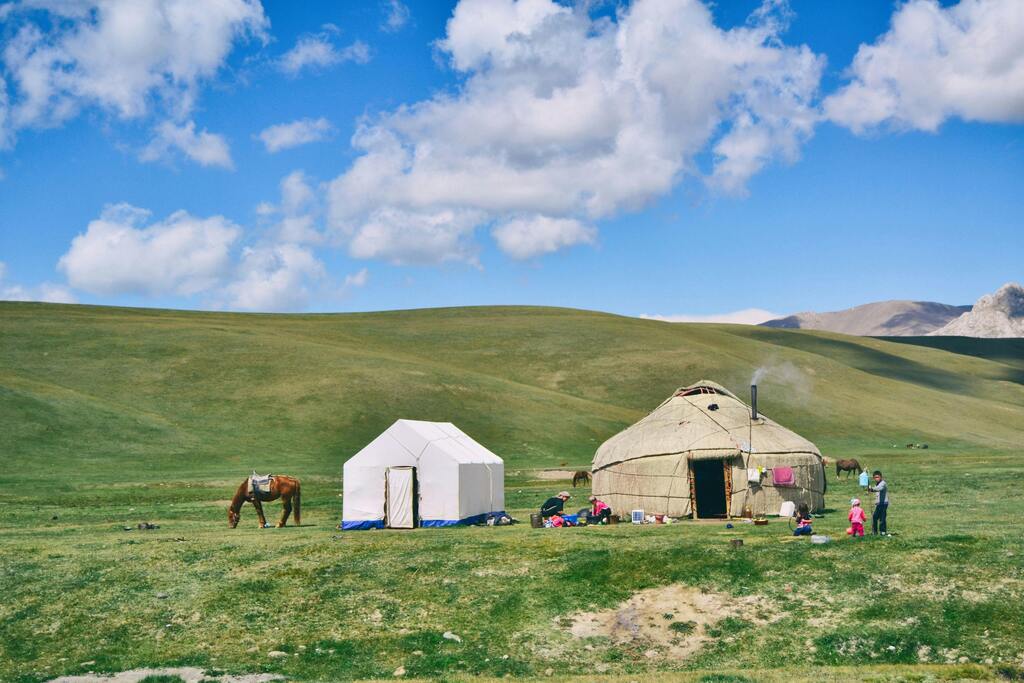
Local insights and cultural etiquette
After all that talk about border permits, unpredictable weather, and the occasional pickpocket, you might be wondering if Kyrgyzstan is starting to sound more complicated than it is. Here’s the good news: much of what makes your trip smoother—and safer—isn’t just about avoiding hazards, but about embracing the rhythm of life here. And that means understanding the culture you’re stepping into.
Respecting local customs: hospitality in nomadic communities
Step into a yurt in the mountains and you’re stepping into a centuries-old tradition. Kyrgyz hospitality isn’t a formality—it’s an art form. When visiting, people will likely offer you tea (probably green, sometimes with milk and salt) and plates of bread, jam, or homemade dairy products. Accept their offerings; if you refuse, they may see it as impolite, even if you’re not especially hungry.
Dress codes vary: Bishkek might feel relaxed, but in rural areas and small towns, modest clothing is appreciated. For women, that might mean covering shoulders and knees; for men, leaving the sleeveless tops at home unless you’re hiking.
There’s also a subtle etiquette in conversations—don’t rush them. Hospitality often includes lingering over tea while exchanging stories or simply enjoying the company. And yes, you might be roped into a game of kok-boru (a kind of horseback rugby involving a goat carcass) if you hang around long enough.
Dealing with officials: how to handle interactions
Encounters with police or guards are usually routine. Carry a photocopy of your passport, keep originals safe, and stay polite.
If language is a barrier, have key phrases written down. A smile helps, but so does knowing your rights—if in doubt, calmly ask to contact your embassy.
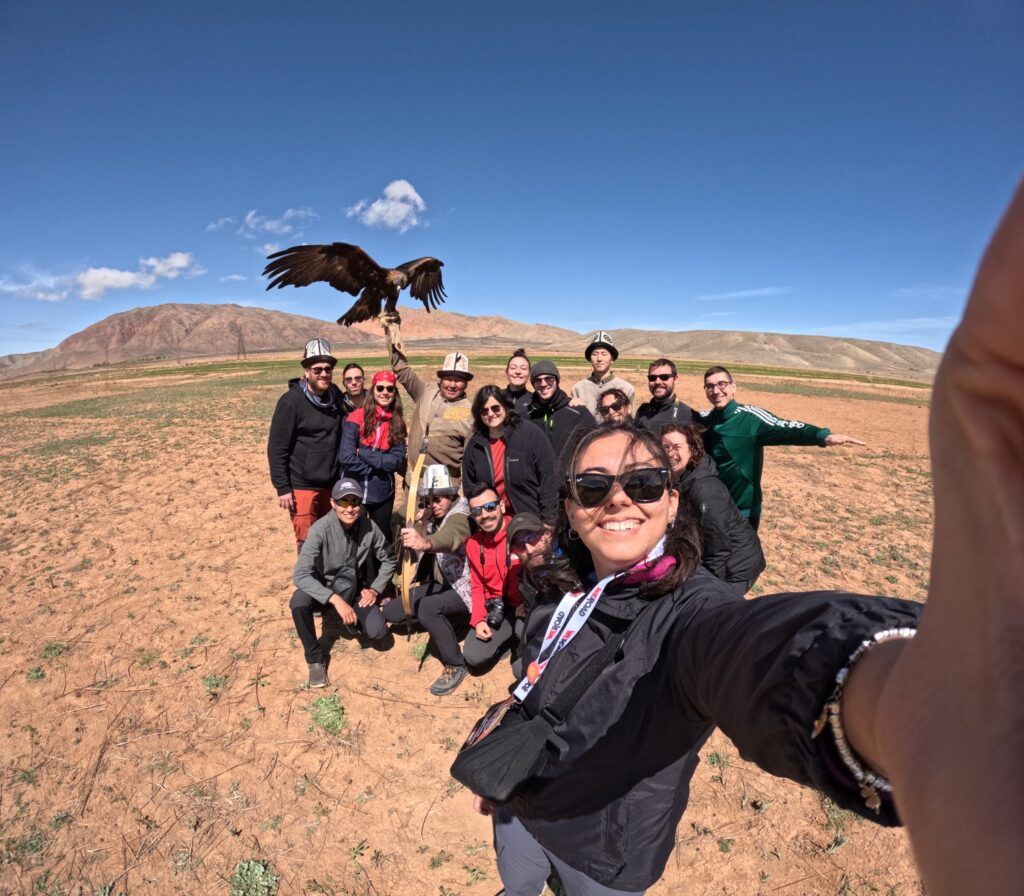
Your Kyrgyz adventure: safe, prepared, and unforgettable!
From Osh’s bazaars to the still waters of Song-Kul, Kyrgyzstan rewards those who come with an open mind and a little foresight. Risks exist, but the mountains, starry skies, and unforgettable hospitality make it a destination worth every step.
Stay alert in crowds, respect local customs, and remember you’re travelling through high-altitude landscapes. Do that, and Kyrgyzstan becomes not just safe, but life-changing.
Ready to explore Kyrgyzstan’s mountains and nomadic culture? Join our organized group trip through Kyrgyzstan and set out on an adventure you’ll never forget!

